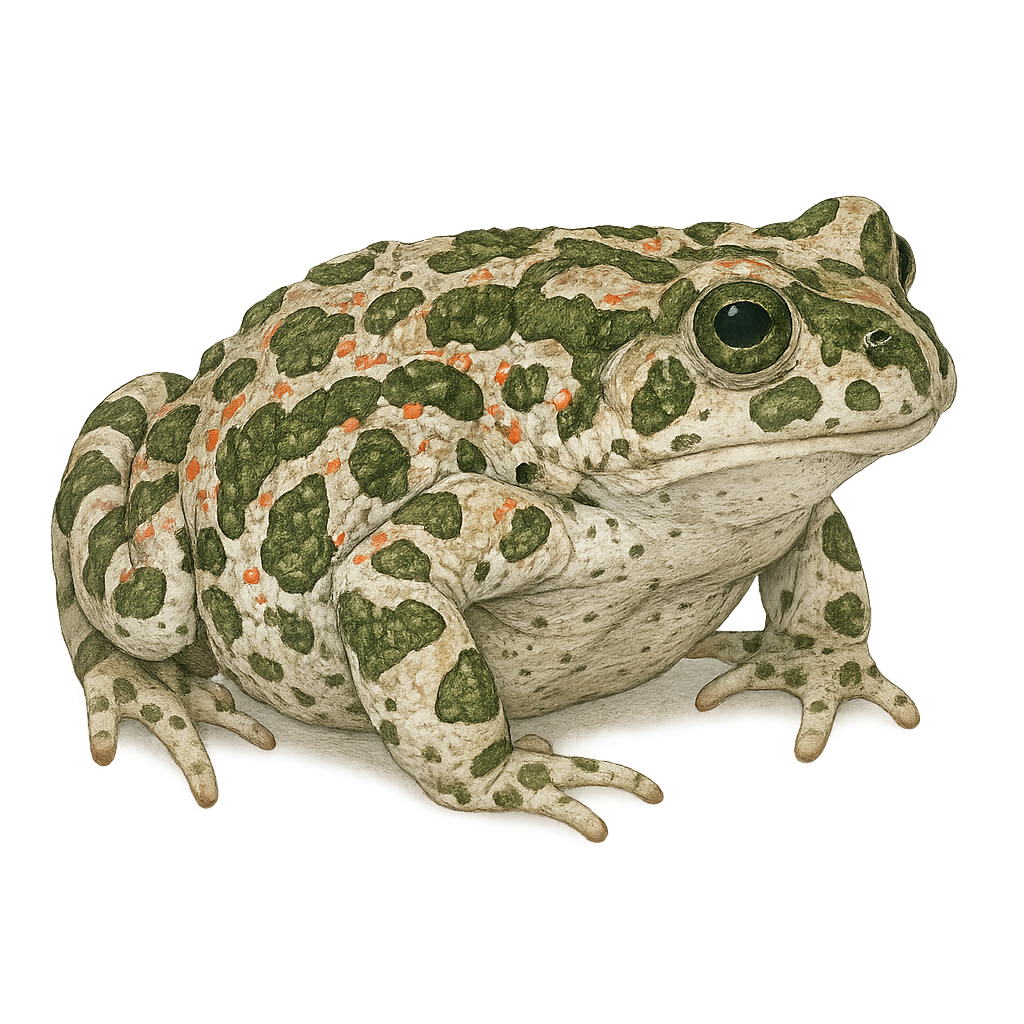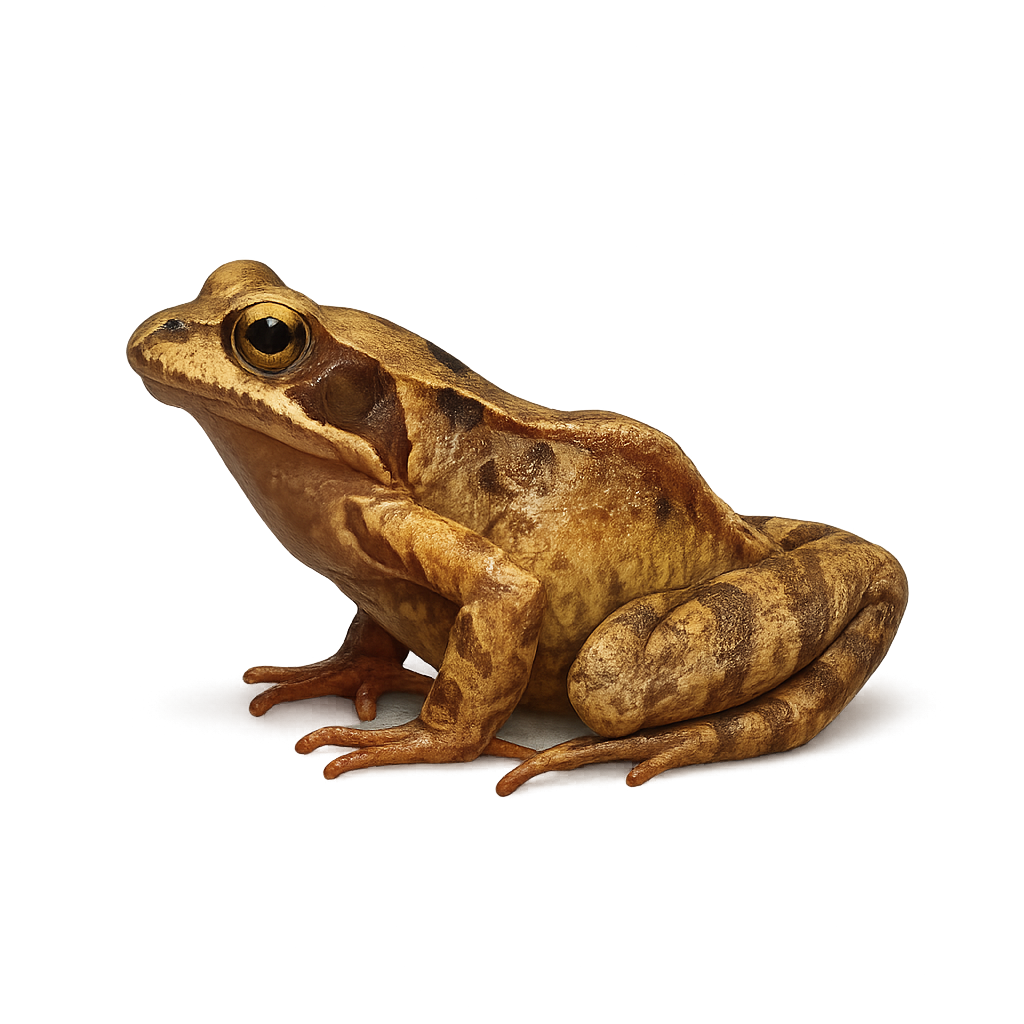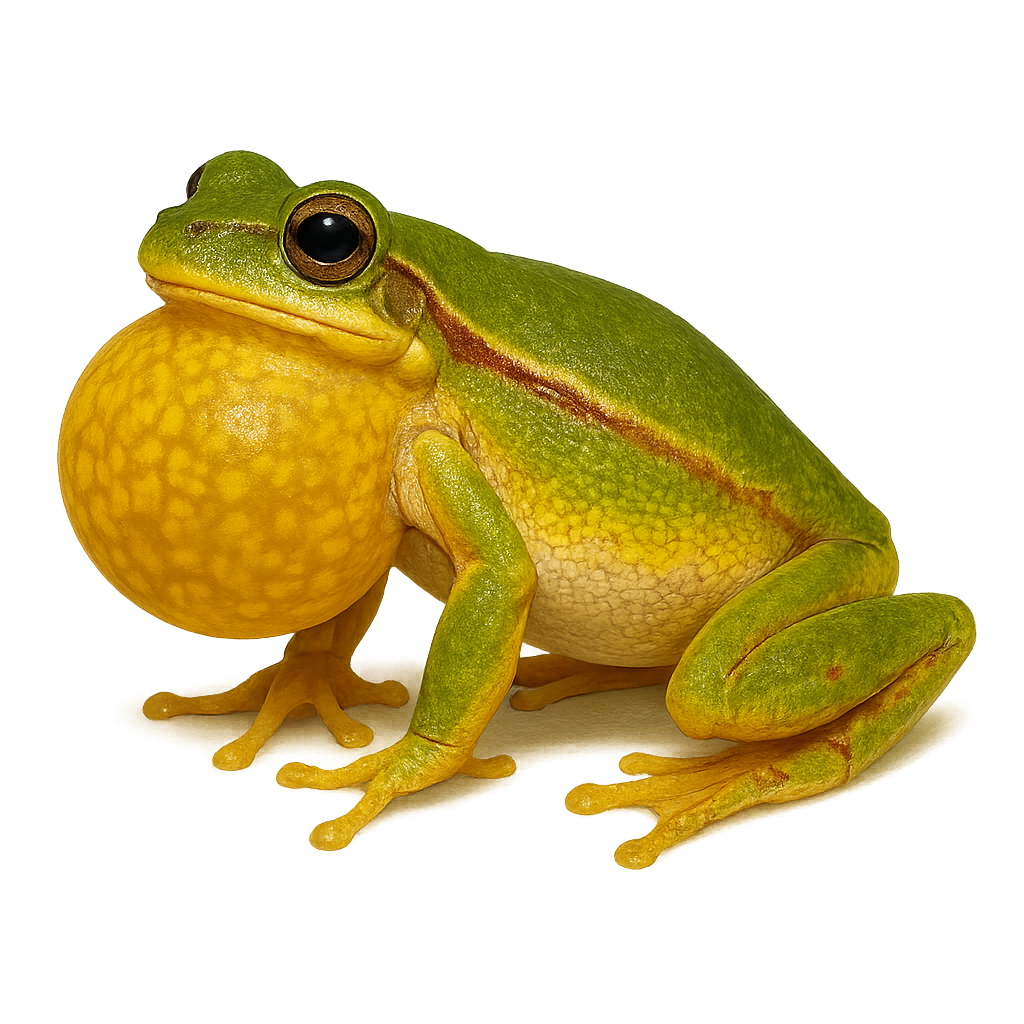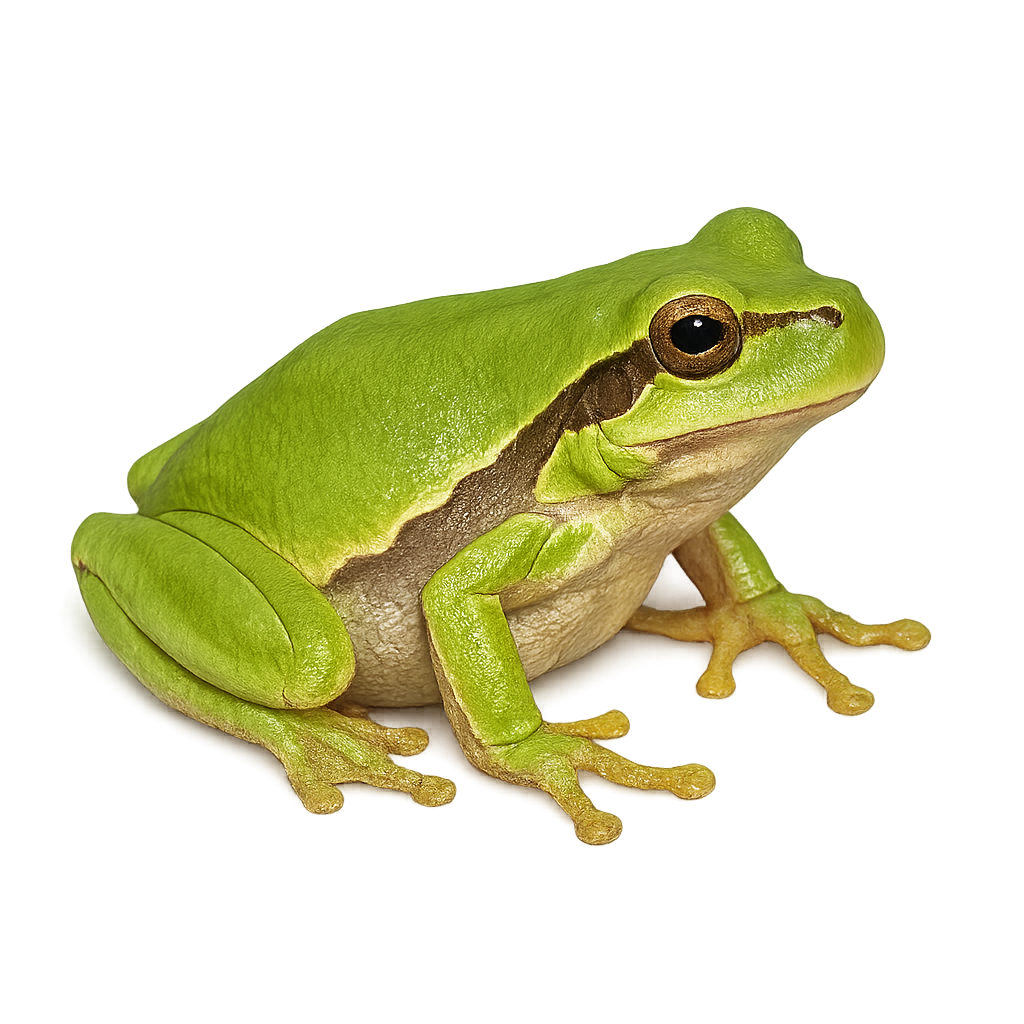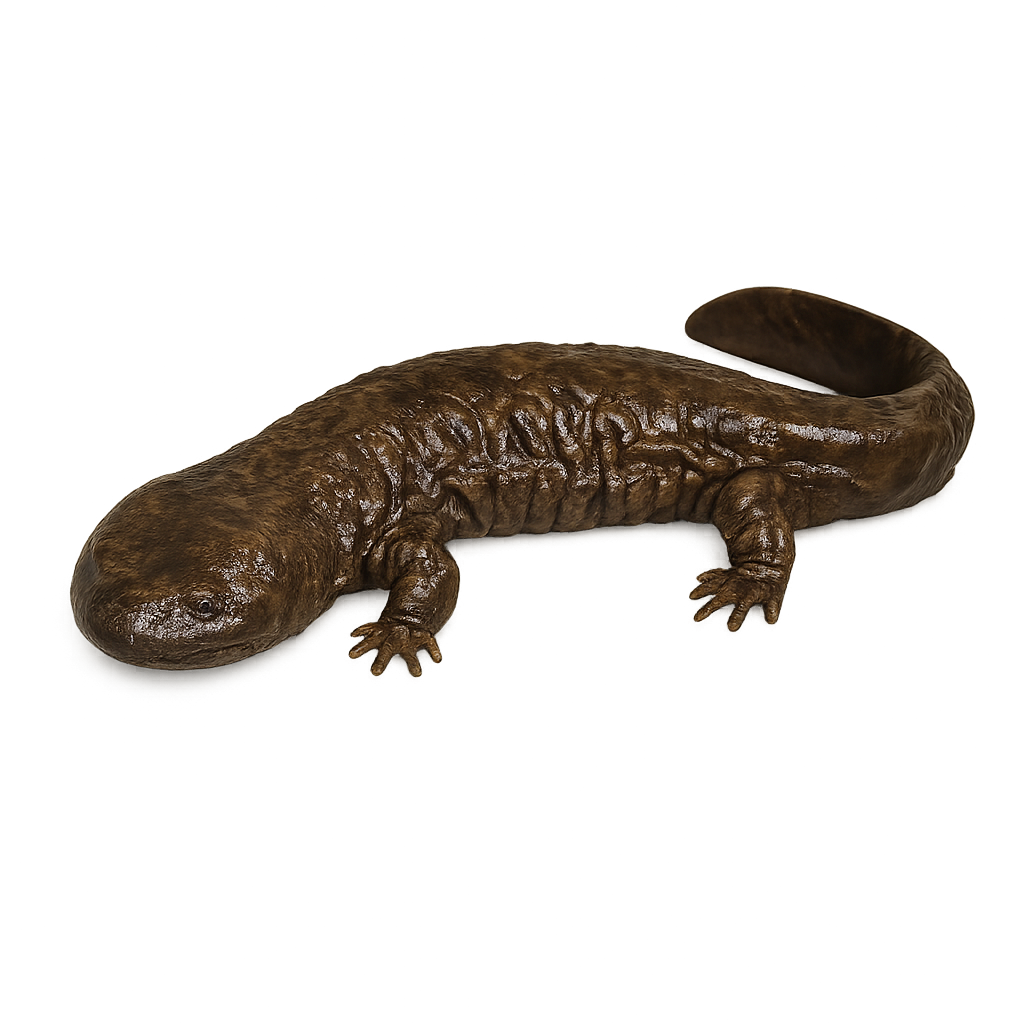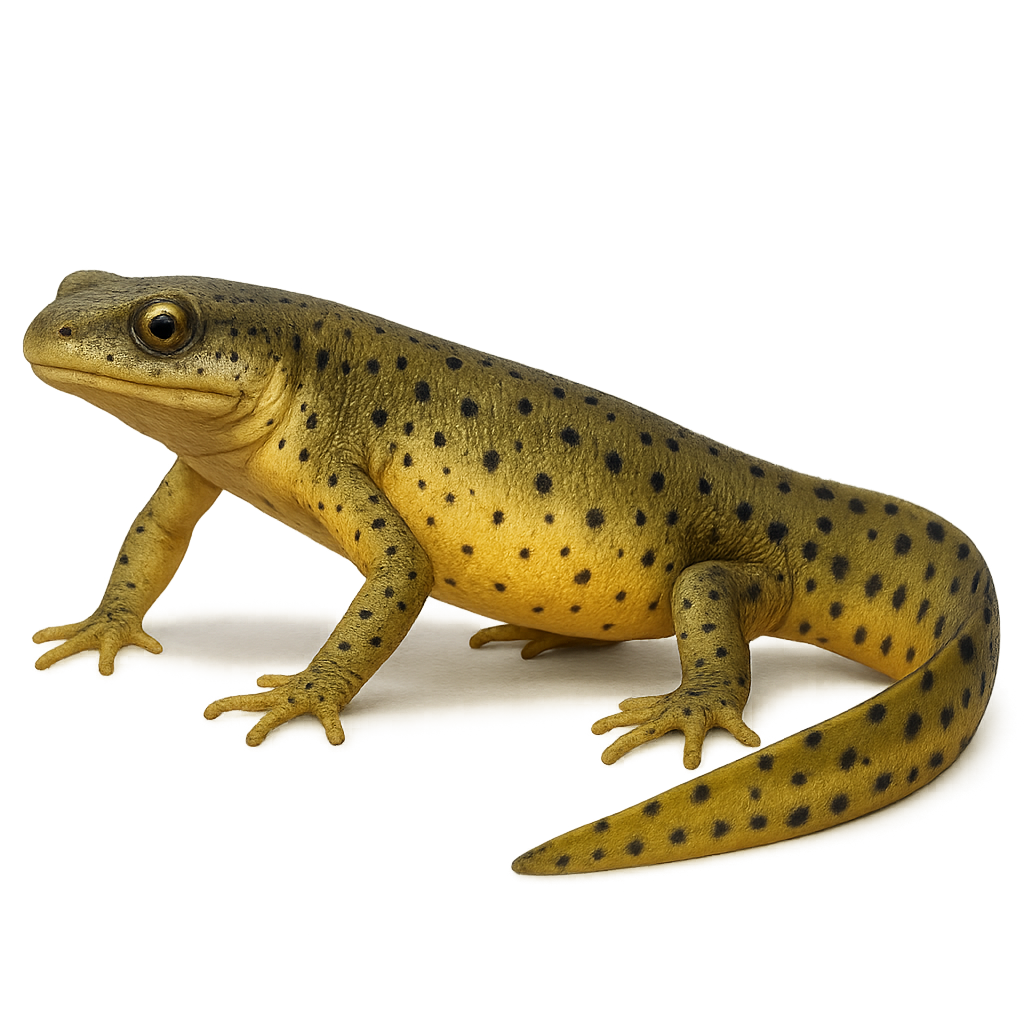Animal Species Profiles:
Mammals, Birds, Reptiles & More
Explore wildlife from around the world with the species profiles on WildlifePhotographer. Mammals, birds, reptiles… For each species, you’ll find key information such as habitat, observation periods, distribution, and photography tips. Want more details and advanced features? Download the full app for the complete experience.
European Green Toad
Bufotes viridis
The European Green Toad, Bufotes viridis, is a medium-sized amphibian, typically measuring between 6 and 10 cm. Its skin is rough, adorned with green spots on a grayish or brownish background, allowing it to blend effectively into its natural surroundings. It is primarily found in Central and Eastern Europe, as well as Western Asia. Preferring open habitats such as meadows, steppes, and agricultural areas, it is also present in urban gardens. Mainly active at night, it feeds on insects, spiders, and other small invertebrates. Its ability to adapt to various environments and its varied diet make it a resilient species, although it is threatened by habitat loss and pollution.
European common frog
Rana temporaria
The Common Frog is a widespread species of frog in Europe, easily recognized by its brown or green skin, often spotted with dark markings. It primarily lives in wetland areas such as marshes, ponds, and riverbanks. This frog is an opportunist, feeding mainly on insects, worms, and small invertebrates that it captures with its quick tongue. The Common Frog is often seen during its movements toward water for breeding, a characteristic behavior in spring. It is active during the day and evening, although its habits are more pronounced during the breeding season.
Elegant Tree Frog
Boana pulchella
The Boana pulchella, commonly known as the Elegant Tree Frog, is a species of amphibian in the Hylidae family. It is primarily found in South America, particularly in Argentina, Brazil, and Uruguay. This frog is recognizable by its smooth skin and vibrant colors, usually green with shades of yellow and brown. It measures about 3 to 5 cm in length. The Boana pulchella is an arboreal species that prefers humid habitats, such as tropical and subtropical forests. It is mainly active at night, feeding on insects and other small invertebrates. Although its conservation status is currently "least concern," it is threatened by the loss of its natural habitat due to deforestation and urbanization.
European Tree Frog
Hyla arborea
The European Tree Frog, or Hyla arborea, is a small arboreal frog native to Europe. It is characterized by its smooth skin and bright green color, although some may exhibit shades of brown or gray. Typically measuring between 3 and 5 cm, it has adhesive pads on its fingers, allowing it to climb easily on plants and trees. It is often found near stagnant water bodies, such as ponds and marshes, where it breeds. Its call, a loud croak, is particularly noticeable during the breeding season. Although primarily nocturnal, it can be seen basking in the sun during the day.
Eastern hellbender
Cryptobranchus alleganiensis
The Eastern hellbender is one of the largest salamander species in the world, growing up to 75 cm in length. It primarily inhabits clear rivers and streams in the United States, where it hides among rocks and feeds on small aquatic invertebrates. This amphibian is particularly sensitive to water pollution and habitat loss. Due to these threats, the Eastern hellbender is classified as a vulnerable species.
Eastern newt
Notophthalmus viridescens
The Notophthalmus viridescens, commonly known as the Eastern newt, is a small amphibian native to North America. It is characterized by its smooth, moist skin, typically green with distinctive red spots along its back. The Eastern newt undergoes several life stages, including an aquatic larval stage, a terrestrial juvenile stage known as the "eft," and an aquatic adult stage. These newts prefer aquatic habitats such as ponds, marshes, and streams but can also be found in moist forests during their terrestrial phase. They primarily feed on aquatic invertebrates and play a crucial role in the ecosystem by controlling insect populations.


